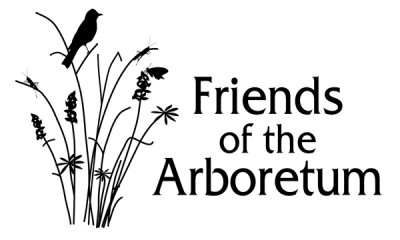SCIENTIFIC NAME: Actaea rubra – comes from an ancient name for elderberry that Linnaeus gave this plant and rubra for the red berries.
FLOWER: Foamy, creamy-white flowers.
BLOOMING PERIOD: May
SIZE: 1 ½ to 2 feet tall.
BEHAVIOR: This is a relatively long-lived plant, tolerant of a variety of sites. Spreading is only by seeds that are very slow to germinate (1 or more years), if they germinate at all.
SITE REQUIREMENTS: Baneberry grows best in rich, mesic woods with moderate to light shade, not full sun. It tolerates various soil types and moisture but prefers rich soils with plenty of humus.
NATURAL RANGE: Most of North America except the southeast from Virginia to Texas. It is found in all of Wisconsin.
SPECIAL FEATURES: Red baneberry is most noticeable when the spring flowers develop into clumps of red berries in mid to late summer that attract birds. It has a sturdy upright stem with deep green foliage. The berries are poisonous which is probably the origin of “baneberry.”
SUGGESTED CARE: Water well until established. To prolong the plant’s life place it in a rich soil that is not subject to drought. High, overhead shade, with few or no lower level branches will show off the flowers and red seeds to best advantage.
COMPANION PLANTS: Sugar maple, white pine, white ash, red oak and basswood for the upper story. Plant this with other spring ephemerals such as spring beauty, toothwort, wild geranium, hepatica, bloodroot, zig-zag goldenrod. If the site is quite moist, add pagoda dogwood, starry Solomon’s plume, and skunk cabbage.
SPECIAL NOTE: The berries are poisonous and were used by Native Americans to poison arrows. The roots can be ground as a herbal remedy, but good knowledge of its use is essential. Because of the poisonous berries this plant is not suitable where there are young children. There is little evidence that pets are attracted.

